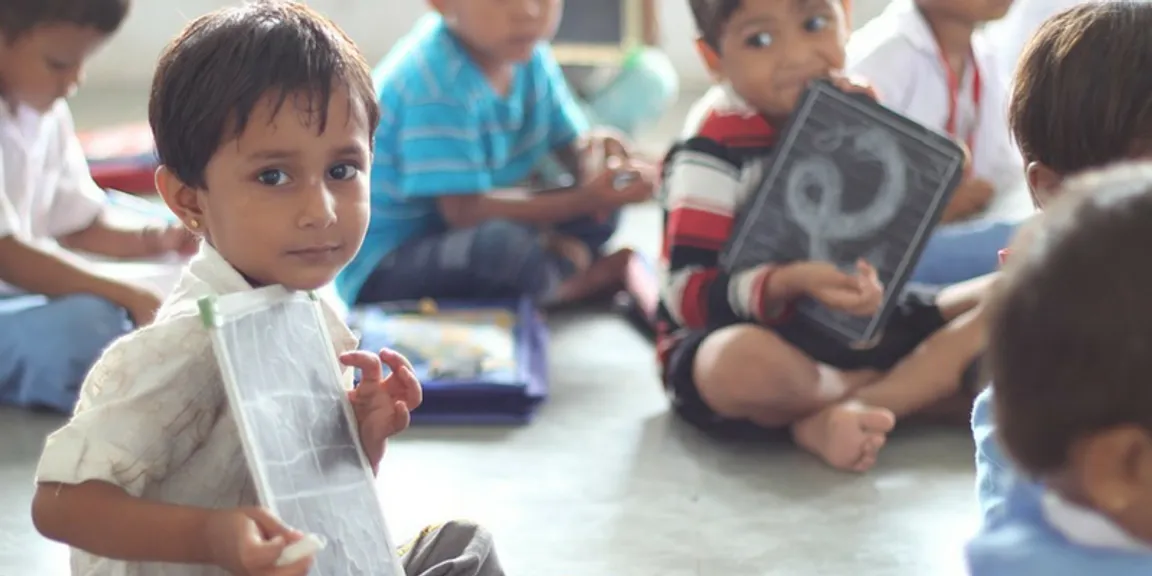In the vast and diverse landscape of India, education is not just a tool for personal growth but a cornerstone for national development. However, the journey towards democratizing education in India has been fraught with challenges. This article explores the strides made in this direction, highlighting the efforts to make education accessible and equitable for every student in India.
Historical Context and Current Challenges
The Indian education system, with roots stretching back to ancient times, has evolved significantly. Yet, it faces contemporary challenges like limited access in rural areas, quality disparities, and socio-economic barriers. These issues prevent a large segment of Indian youth from realizing their full educational potential.
Breaking Barriers : By Democratising Education in India

Education in India is marred by barriers that are socio-economic, geographic, and gender-based. Initiatives like the Right to Education Act and the recent National Education Policy aim to dismantle these barriers. They focus on inclusive education, making learning accessible to all sections of society, irrespective of their socio-economic status.
Technological Advancements and Education

Technology has emerged as a great equalizer in the field of education. E-learning platforms and digital classrooms have brought quality education to the most remote corners of India. Initiatives like the government’s e-Vidya program demonstrate the potential of technology in bridging educational gaps.
Case Studies and Success Stories

Success stories abound in the Indian educational landscape. For instance, the ‘Operation Digital Board‘ initiative has revolutionized classroom learning, making it more interactive and effective. Statistical data from the Annual Status of Education Report (ASER) indicates a steady rise in literacy rates and school enrollment in the past decade.
The Road Ahead: Policies and Reforms

The future of education in India hinges on continuous policy reform and innovative strategies. The collaboration of government bodies, NGOs, and the private sector is crucial in this endeavor. The focus must remain on upscaling educational infrastructure, enhancing teacher training, and integrating technology to make learning more inclusive and effective.
Conclusion
Democratizing education in India is an ongoing journey, one that requires persistent effort and innovation. By breaking existing barriers and building new bridges, India can ensure that its education system not only imparts knowledge but also upholds the principles of equality and accessibility. The goal is clear – an educated India is the foundation of a stronger, more prosperous nation.









